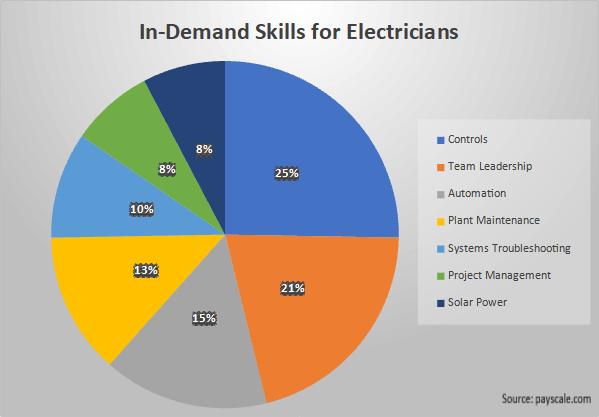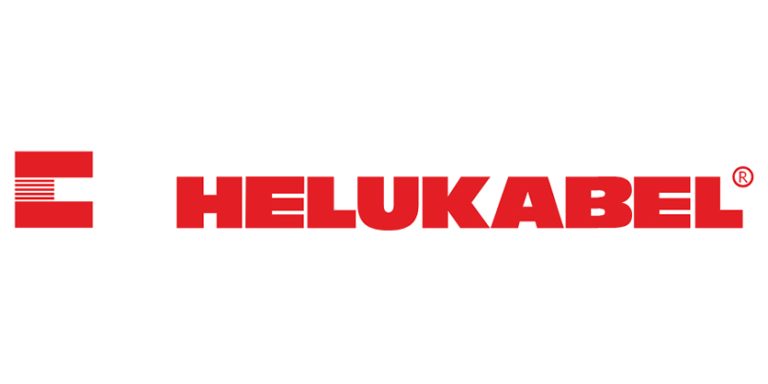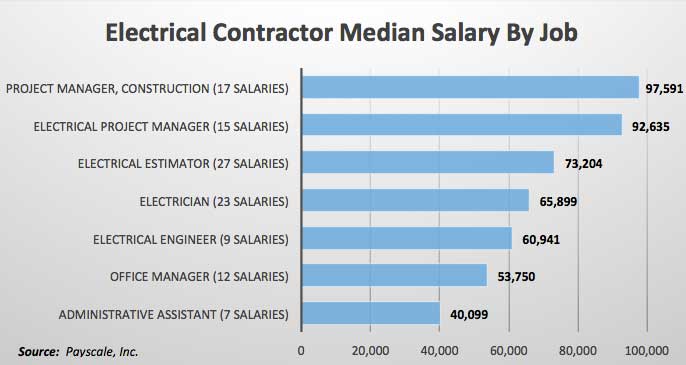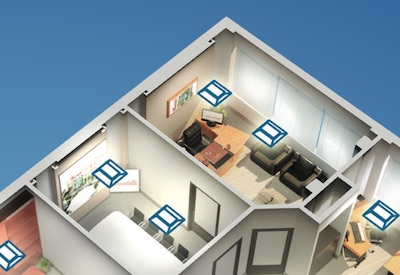Understanding the Differences Between Calibration, Testing, and Validation
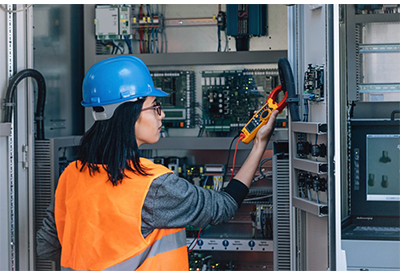
Nov 8, 2020
Calibration, testing, and validation are intertwined within the science field and it can be complicated when looking at the differences and true meanings. Each activity is used to ensure quality in the measurement process and to comply as per the requirements of a standard.
Calibration the Scientific Definition
The operation under specified conditions, in a first step, establishes a relation between the quantity values with measurement uncertainties provided by measurement standards and corresponding indications with associated measurement uncertainties. In the second step, it uses this information to establish a relation for obtaining a measurement result from an indication.
When a measurement device is calibrated it is compared to an accepted standard and adjustments are made it necessary. It is imperative to use a lab that has an ISO 17025 accreditation. This accreditation means that the laboratory’s quality management system and technical competence have been evaluated by a third party.
The Definition of Testing and Functional Testing
A technical operation that consists of the determination of one or more characteristics of a given product, process, or service according to a specific procedure.
Functional testing determines if it is functioning correctly. The testing involves exposing the item to a stimulus and verifying the equipment responds accordingly.
Definition of Validation
They fulfill confirmation by examination and provision of objective evidence that the particular requirements for a specific intended use.
Validation is for “ensuring” the acceptability of the implemented measurement process. It is the combined effect of calibration and verification, but the final result is in the final output of the process.
The application in the calibration field is more on the development of a calibration procedure in order to meet certain requirements.
A non-standard method can be used in a calibration laboratory considering that they validate it before use. Another application of validation is qualifying a group of measuring devices that function as a system.
Considerations During Calibration
During calibration, they must take the traceability and the computed measurement of uncertainty into consideration.
Your objective in performing calibration decision is specifically by customer requirements and regulatory authorities. It is also by calibration procedures based on standard methods and procedures from manufacturers or original equipment manufacturer.
The steps performed during calibration:
- – Choose the required calibration procedure.
- – Compare to a reference standard.
- – Determine the error.
- – Adjust if capable.
- – Check the traceability.
- – Estimate the measurement of uncertainty.
- – Record results to a calibration certificate.
Techniques Used for Method Validations per ISO 17025
- – Calibration or evaluation of bias and precision using reference standards or reference materials
- – Systematic assessment of the factors influencing the result.
- – Testing method robustness through variation of controlled parameters, such as incubator temperature, volume dispensed.
- – Comparison of results achieved with other validated methods.
- – Interlaboratory comparisons
- – The evaluation of measurement uncertainty of the results based on an understanding of the theoretical principled of the method and practical experience of the performance of the sampling or test method.
Calibration, Testing, and Validation
The reason that all of these three are performed is to ensure quality in the measurement process and to comply as per the requirements of a standard. These standards are ISO 17025 and ISO 9001. By understanding each of them it makes interpreting the standards much easier and when each usage is within the process. If you ever have any questions about calibration or equipment, we are available to help. At SRP control, we have been helping our clients with products, services, measurements, and calibration solutions for the past 40 years. Let us help you find your next instrumentation or calibration solution.



